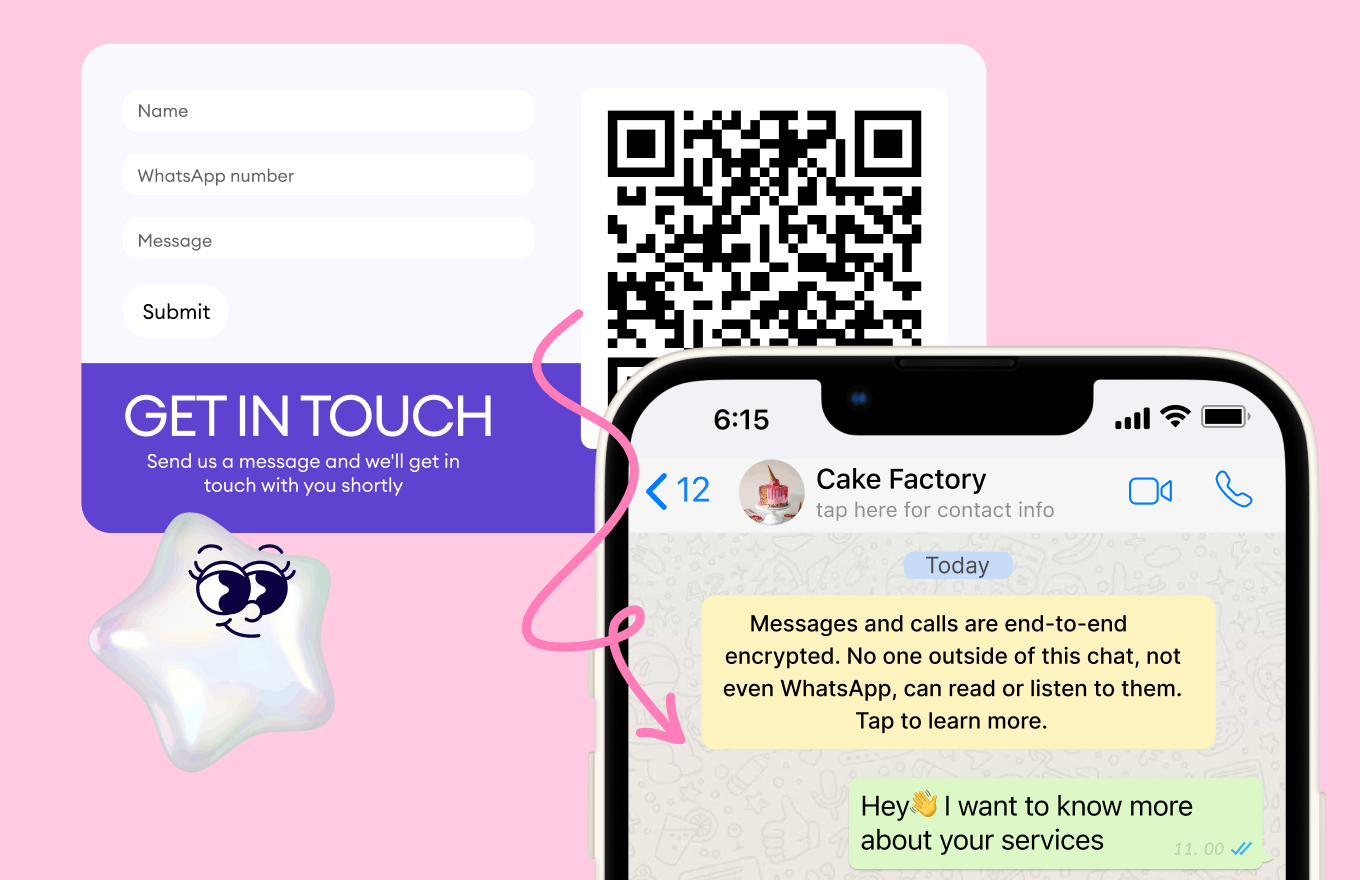 However, it’s important to recognize that while it can produce text that resembles human writing, it may sometimes lack the depth and coherence that only a skilled human writer can provide. This confusion highlights how plagiarism detection is changing in light of advances in artificial intelligence. SafeAssign is a useful tool for detecting plagiarism; however, it must be clarified if it can identify information created mainly by ChatGPT. In essence, SafeAssign may not have a specific mechanism to identify text generated by ChatGPT and remove ChatGPT detection from the content.
However, it’s important to recognize that while it can produce text that resembles human writing, it may sometimes lack the depth and coherence that only a skilled human writer can provide. This confusion highlights how plagiarism detection is changing in light of advances in artificial intelligence. SafeAssign is a useful tool for detecting plagiarism; however, it must be clarified if it can identify information created mainly by ChatGPT. In essence, SafeAssign may not have a specific mechanism to identify text generated by ChatGPT and remove ChatGPT detection from the content.Both documentation of progress through regular status reporting and occasional faculty input can add a greater level of scrutiny to students. This can make it more difficult to pass off the work of others as their own. I use this method in my psychology courses by using my learning management system’s Discussion Forums. I require responses that use proper APA and documentation as well as student to student comments. It creates new text based on patterns, which SafeAssign can’t easily recognize.
Its objective feedback helps students avoid inadvertent (or purposeful) plagiarism while giving them the tools they need to write with greater confidence. Currently, there are many plagiarism tools that can detect Chat GPT such as Turnitin and GPTZero. So, we provide a few basic points about these tools to help you understand better how they work. However, with does safeassign detect chatgpt, this checking tool is normally used to detect and compare whether a student has submitted original content. So it won’t be able to detect whether the content is written by AI or not. Within Blackboard, students can submit their assignments directly through Blackboard.
Once you have detected the content, you can use the Rewrite & Humanize features to humanize AI texts completely. A noteworthy aspect of Copyleaks's efficiency is its integration with Learning Management Systems like Blackboard. This integration, which can be implemented swiftly without any coding requirements, empowers educators with Copyleaks's robust AI-detection capabilities via their Blackboard dashboard.
Educators will have to rethink traditional assessment strategies, as simply checking for identical text against a database may no longer be sufficient. Instead, they can provide open-ended assignments that require critical thinking and analysis skills, making it difficult for AI-generated content to meet the requirements. ChatGPT, and AI language models alike, have the ability to produce content that is grammatically correct, coherent, and contextually relevant. This mask of plausibility can make it significantly challenging for detection systems, including SafeAssign, to flag AI work as potentially non-original. Perhaps as we work to integrate it meaningfully and ethically, and teach students how to cite its use, students will feel less compelled to disguise AI-generated writing. ChatGPT, a new artificial intelligence tool capable of generating essays and writing code, is raising concerns about virtually undetectable cheating and changing the way professors give assignments.
Considering such technologies as ChatGPT, we can easily see our students using them in the future workplace. If we aim to create authentic experiences that prepare our students for 21st -century skills, then we need to consider designing assessments to incorporate AI-generated content. Think about how using AI tools might facilitate students’ learning and prepare them to engage these tools in their personal and professional lives thoughtfully. Create assignments that ask students to connect course content with current events and or personal experience - experiential or dialectical learning. Currently, AI technologies have a hard time effectively connecting the dots between such sources of knowledge. Furthermore, ChatGPT can generate content that is not directly copied from any existing source.
Sometimes, Turnitin might make mistakes and think human work is from AI. Remember that part of the appeal of AI tools is the ability to generate persuasive and convincing sounding text, which may end up being incorrect (or illogical) when reviewed by a subject matter expert. AI may also fail to consider the relevant UK law or GMC guidance, applying American law as the default. Plagiarism - presenting work or ideas from another source as your own without acknowledging it or reusing your own work without acknowledgement - is not a new concern in medicine. Honesty and integrity are long-established qualities for a career in medicine. As such, it's easy to see why plagiarism by medical students and doctors is taken seriously as it indicates a lack of probity.
Almost all involve automated means of rephrasing AI-generated text, and sites have emerged touting their tools that will "humanize" AI writing. By leveraging the benefits of SafeAssign, educational institutions can create an environment that prioritizes original writing and academic integrity. It empowers instructors to identify instances of plagiarism and help students learn the importance of ethical writing practices. SafeAssign not only serves as an anti-plagiarism tool but also as a valuable learning tool for students. By reviewing the originality reports, students gain an understanding of the importance of citing sources properly and producing original work. They can learn from their mistakes and improve their writing skills, enhancing their overall learning experience.


